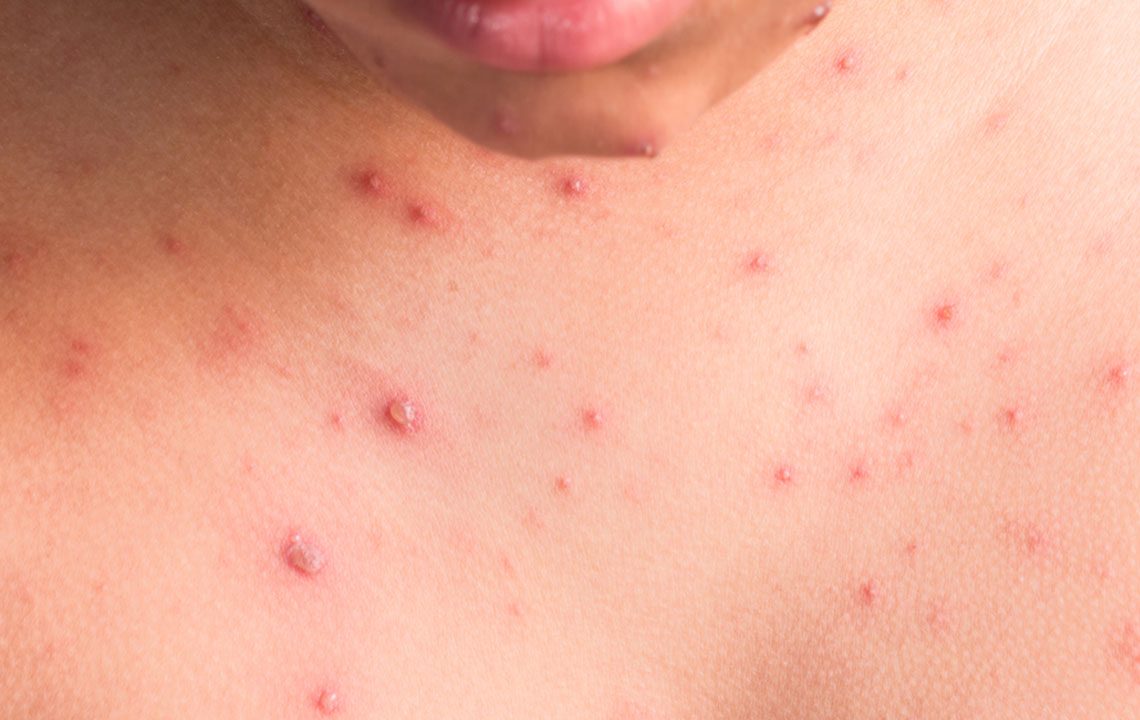Understanding Tick Bite Rashes: Symptoms, Risks, and Prevention
This article offers essential insights about tick bite-related rashes, including symptoms, risks like Rocky Mountain Spotted Fever and Lyme Disease, and preventive measures. Recognizing signs early and seeking prompt treatment can prevent severe health complications. Learn how to protect yourself while enjoying outdoor activities with practical tips and medical guidance.

Ticks are commonly found in outdoor environments such as grass, leaf piles, and shrubs. They readily latch onto humans and pets, transmitting from one host to another. Despite their tiny size, ticks feed on blood until they grow large enough, sometimes as big as a marble. While most tick bites are harmless, some can trigger allergic reactions or lead to serious illnesses. A rash resulting from a tick bite can signal a more severe health issue, necessitating attention.
Tick bite rashes may cause irritation, itching, and burning sensations, but they often indicate the development of serious diseases. Below are some common illnesses associated with tick bites to watch for if you notice a rash.
Rocky Mountain Spotted Fever (RMSF)
RMSF is a severe tick-borne illness prevalent mainly in southeastern U.S. It’s transmitted through tick bites, not person-to-person. Symptoms typically appear 2 to 14 days post-bite and include high fever lasting 2-3 weeks, chills, fatigue, abdominal discomfort, nausea, muscle pain, and headaches. The hallmark is a rash of small red spots on the palms, wrists, ankles, and soles, appearing 2-5 days after the bite and spreading across the torso. A second, purple-red rash may develop later, indicating disease progression. Prompt treatment with doxycycline antibiotics is crucial, ideally within the initial days of infection to prevent severe complications.
Lyme Disease
Lyme disease results from bacteria transmitted during tick bites, especially common in northeastern U.S. It presents initially as a distinctive bullseye-shaped rash, forming around the bite and enlarging outward over days or weeks. Early detection and antibiotic treatment are vital; antibiotics such as doxycycline, amoxicillin, or cefuroxime are effective if administered promptly. If untreated, the disease can progress to affect the heart, nervous system, joints, and cause symptoms like paralysis, tremors, and arthritis. Later stages may involve sensory loss and neurological damage.
Colorado Tick Fever
This less severe illness primarily affects western U.S. regions. Symptoms include fever, headache, chills, and sometimes mild rashes. Usually resolving within 7-10 days, treatment mainly focuses on symptom relief and hydration. Prevention measures such as wearing protective clothing and using insect repellent are recommended when outdoors. Always exercise caution in wooded areas to reduce tick exposure and health risks.
Note: The information provided aims to educate on tick bite symptoms and diseases but should not replace professional medical advice. Consult a healthcare provider for diagnosis and treatment options. Stay vigilant and take preventive steps when venturing into tick-prone outdoor environments.









